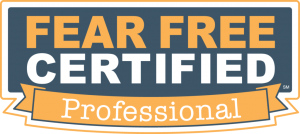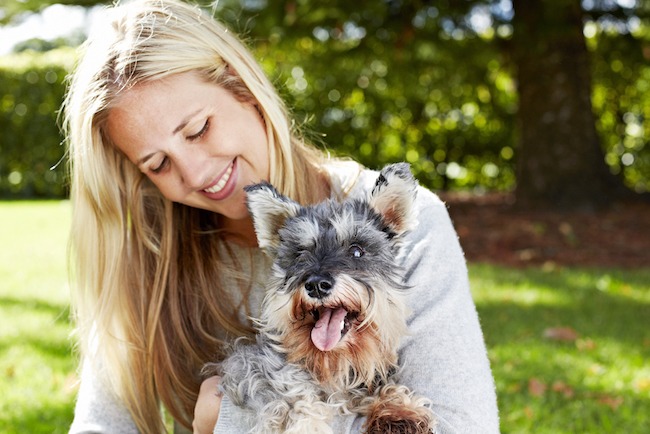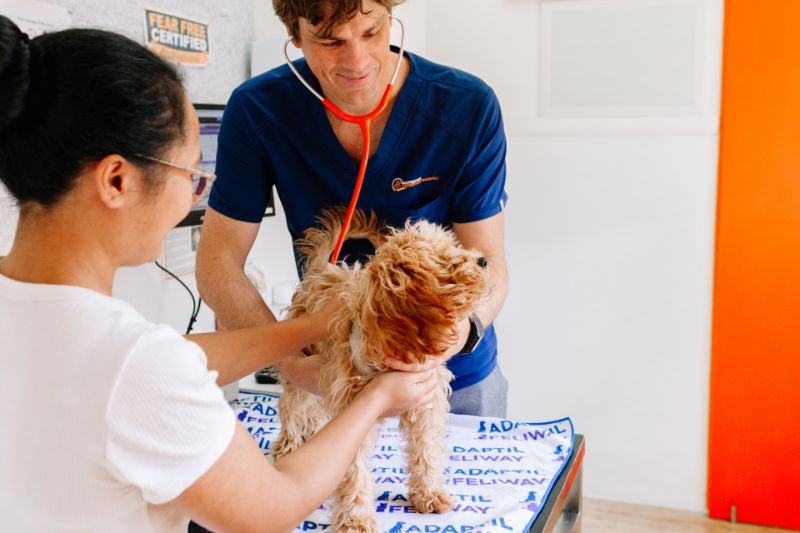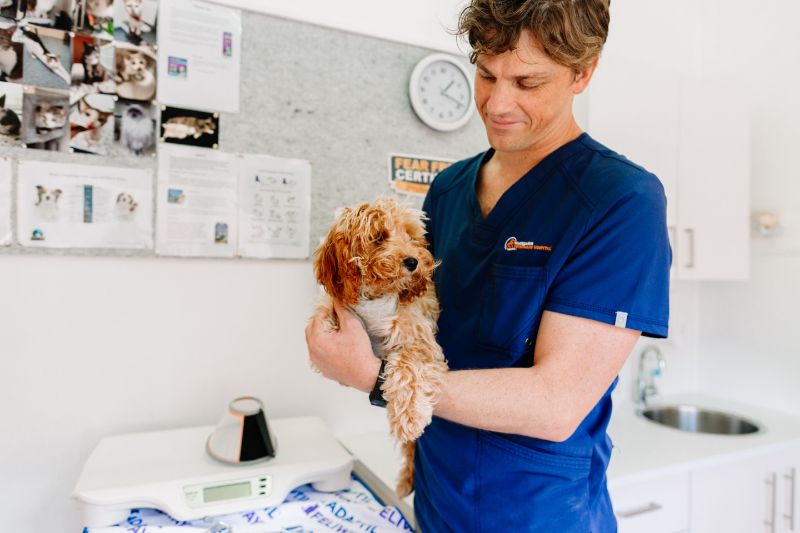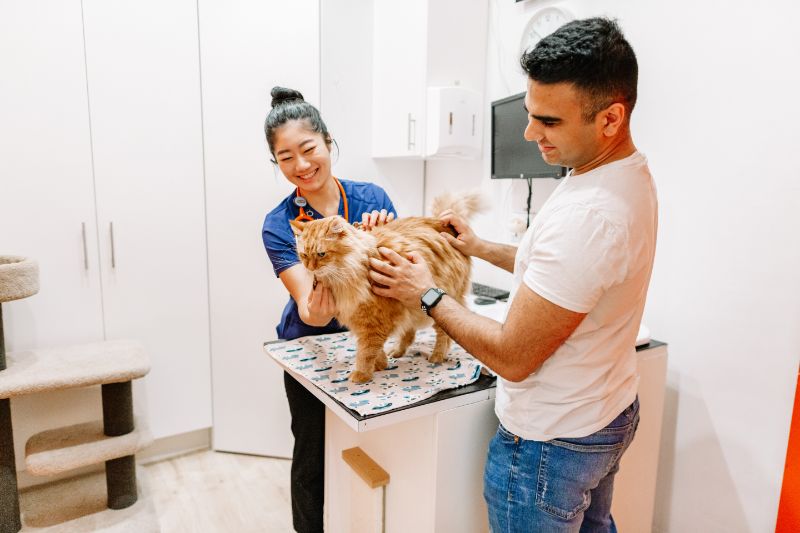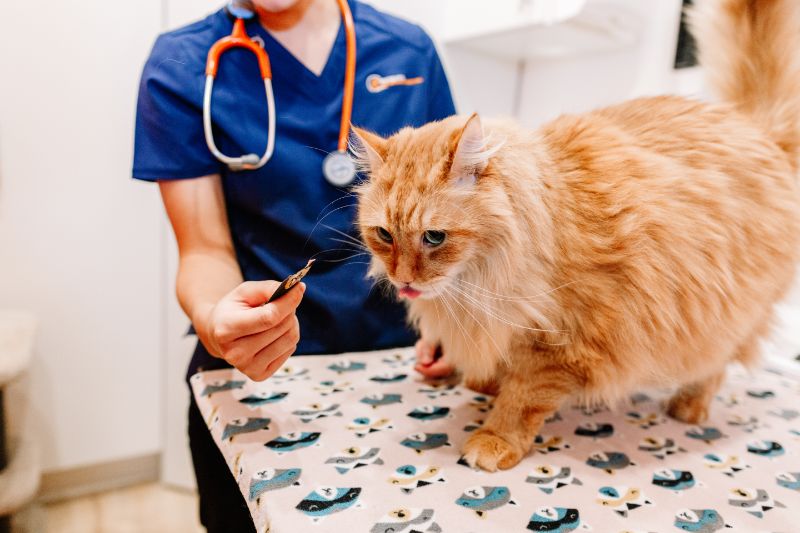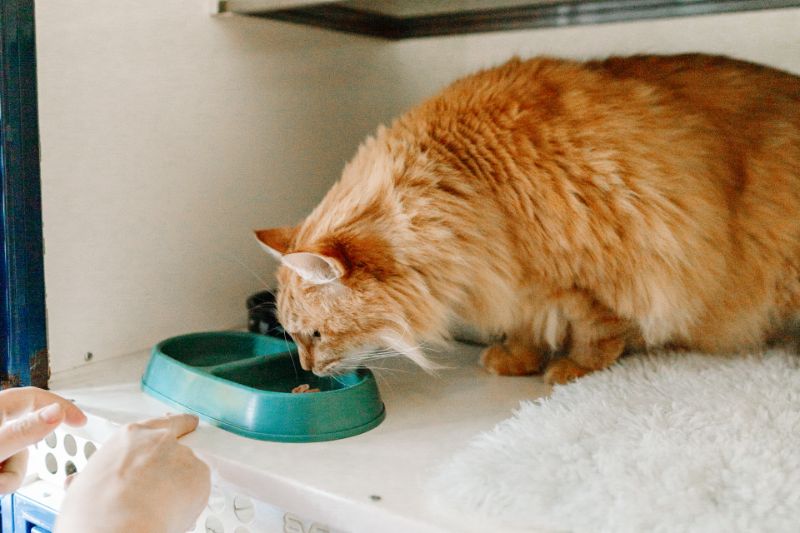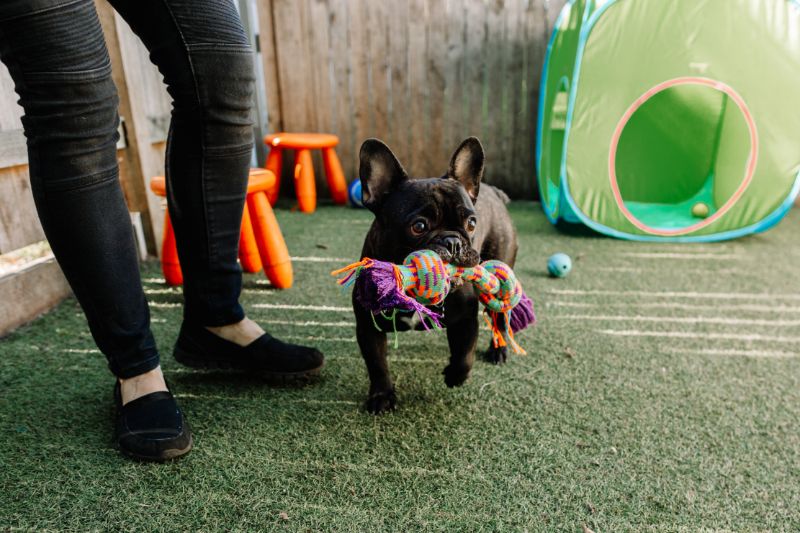Welcome to a new style of veterinary care
We’re proud to have all of our staff members certified in providing you and your pet with Free Free veterinary care.
We understand that veterinary visits can be scary for our fur patients and we are dedicated to making their experience with us as comfortable and high quality as possible. So, we have decided to take some really positive steps towards reducing the stress of your pets when they visit us.
Taking this wholistic approach to veterinary care will allow us to better address your pet’s physical health and emotional well-being. We treat each pet as an individual and look forward to working with you to help us set the new standard in veterinary care.
Preparing for Your Fear Free Visit
Helping your pet have a Fear Free vet visit begins at home. When you book your appointment, our team will ask whether you feel your pet would benefit from advice on how to reduce the pending stress, anxiety of fear of the visit. We can then tailor advice to you and your fur child.
When You Arrive at the Clinic
Once you arrive at the clinic we aim to avoid or reduce the stress of getting your pet into the consult room. Where possible we will take you directly into the consult room, or alternatively will offer you the option of waiting in the car or carpark with your pet before calling you directly into be seen by our vet team.
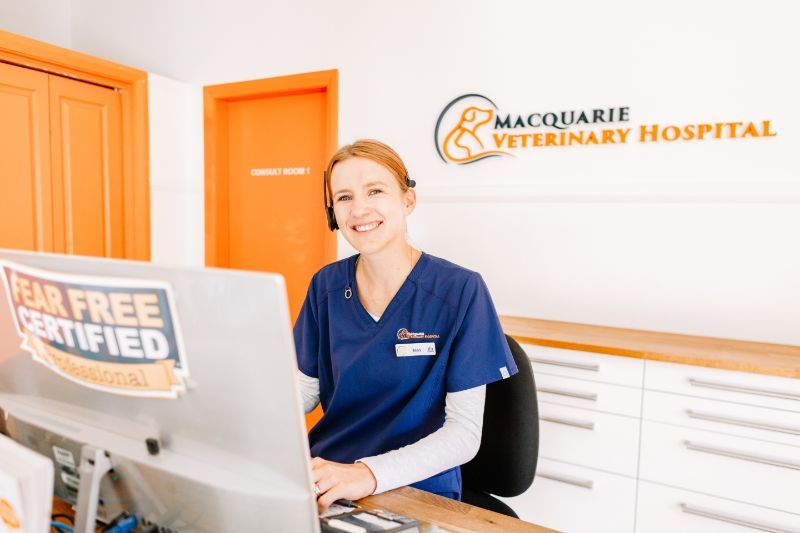
In the Consult Room
Our vets will take the time to allow your pet to relax into the consult before examining them.
We can explain to you any signs of fear, anxiety or stress that your pet may be showing and discuss how we can help them.
Your Arrival Back Home
We want the introduction of your pet back into the household to be as smooth as possible.
Having already reduced the stress of their visit will help, but we have a few more handy hints that we think will benefit you both.


